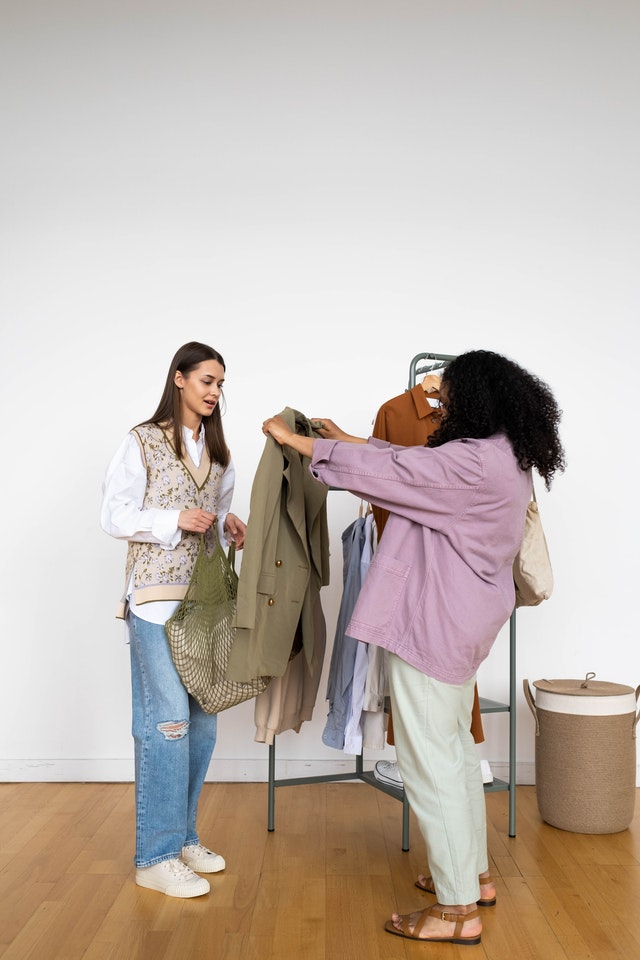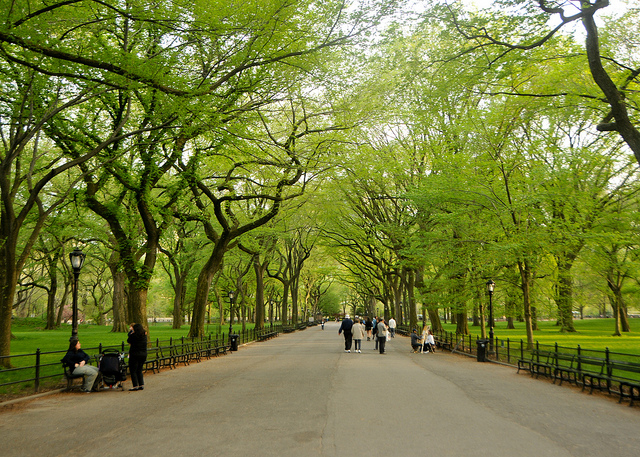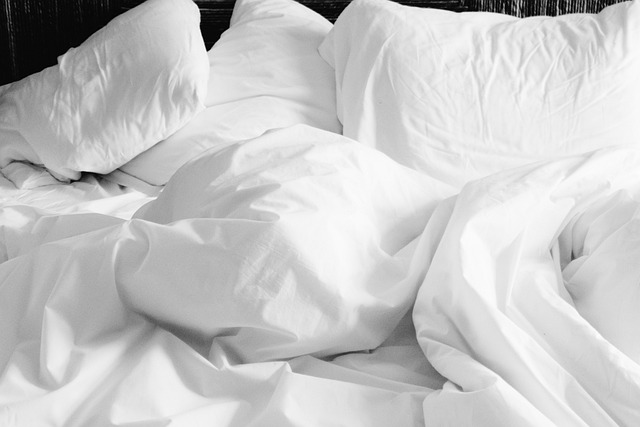

Knowing where to begin and how to go about being a more sustainable clothes shopper is one of the most challenging aspects of the process. If you’re unsure how to shop for clothes efficiently, here are some pointers and suggestions to help you:-
- Invest In Quality Baby Clothes
Investing in high-quality baby clothes is an economically and ecologically sound decision. Generally, higher-quality baby garments will necessitate a larger price outlay. However, high-quality baby clothes will survive for a longer time, allowing you to spend less money on new clothes in the long term.
Purchasing high-quality baby gear is especially advantageous if you are expecting further children. From little girl headbands to little boy shirts, toddler clothing made to last can be donated and used repeatedly. The alternative is to buy infant clothes that quickly fall apart and get thrown away, contributing further garbage to landfills and supporting unsustainable textile industries.
- Perform The 30 Wears Test
Livia Firth, the founder of Eco-Age, launched the 30 wear test campaign. The campaign’s goal was to urge individuals to buy what they would wear. To be a member of this campaign club, you must always consider if the item you’re about to purchase will be worn at least 30 times. If you answered yes, you can purchase the piece; however, you should probably not proceed with the transaction if you answered no.
Try to avoid buying clothes that you know you’ll just wear once and instead invest in something a little more durable that you’ll be able to wear time after time. Choose more versatile pieces that may be worn in various ways than perhaps that one thing that you know will be out of style soon.
- Have A Multi-Seasonal Wardrobe
A sustainable clothes shopper will only purchase clothes they know will be useful all year. When purchasing clothing, keep in mind all of the year’s seasons and avoid buying items that will only be worn during the summer. Otherwise, you’ll have to buy a new set of clothes when the summer is over for the next season.
Spend your money on things that will last you more than one season if you want to pass the 30 wears test. Types of denim, T-shirts, elegant dresses, elegant jackets, and coats will help you build a more long-lasting wardrobe.
- Consider Durability
Asking yourself how long you would have a piece of cloth is an excellent approach to knowing if you are obtaining durable clothes. To answer this question, a good place to start is considering the fabric and finishes used to manufacture the piece. Finely finished clothing is designed to last longer, whereas some material, such as soft leather, tears and runs out when scratched.
Additionally, it would help if you understood that an item that costs more will last longer and that you will have it for longer. Purchasing a few durable clothes each year rather than many cheaper flimsy items will significantly minimize your carbon footprint. It is usually preferable to save and invest in buying less overall.
- Stick To A Budget
Having a clothing budget that you can stick to eliminates the need for impulse purchases. Therefore, you only buy what you genuinely require, not just because something appealing caught your eye.
Additionally, choose a piece of clothing that you can wear for other special events instead of spending your savings on a piece of clothing for a one-time event. For example, if you need an outfit for a wedding, choose one you can wear afterward, such as birthdays and graduation parties.
- Repair Your Clothing
Being a more sustainable clothes shopper can be as simple as learning how to fix your clothes rather than throwing them out when they become worn out. You don’t have to toss something away just because it is ripped.
This top-tier tip keeps you in check as you won’t be able to use your ripped garments as an excuse to acquire additional new clothes if you mend them. Alternatively, you can hire a professional tailor to whom you can reach out anytime you require clothing repairs.
With these suggestions and tips, you’ll be able to maximize your efforts as a sustainable clothing consumer. The most important thing to remember is to do your due diligence and follow these recommendations.



